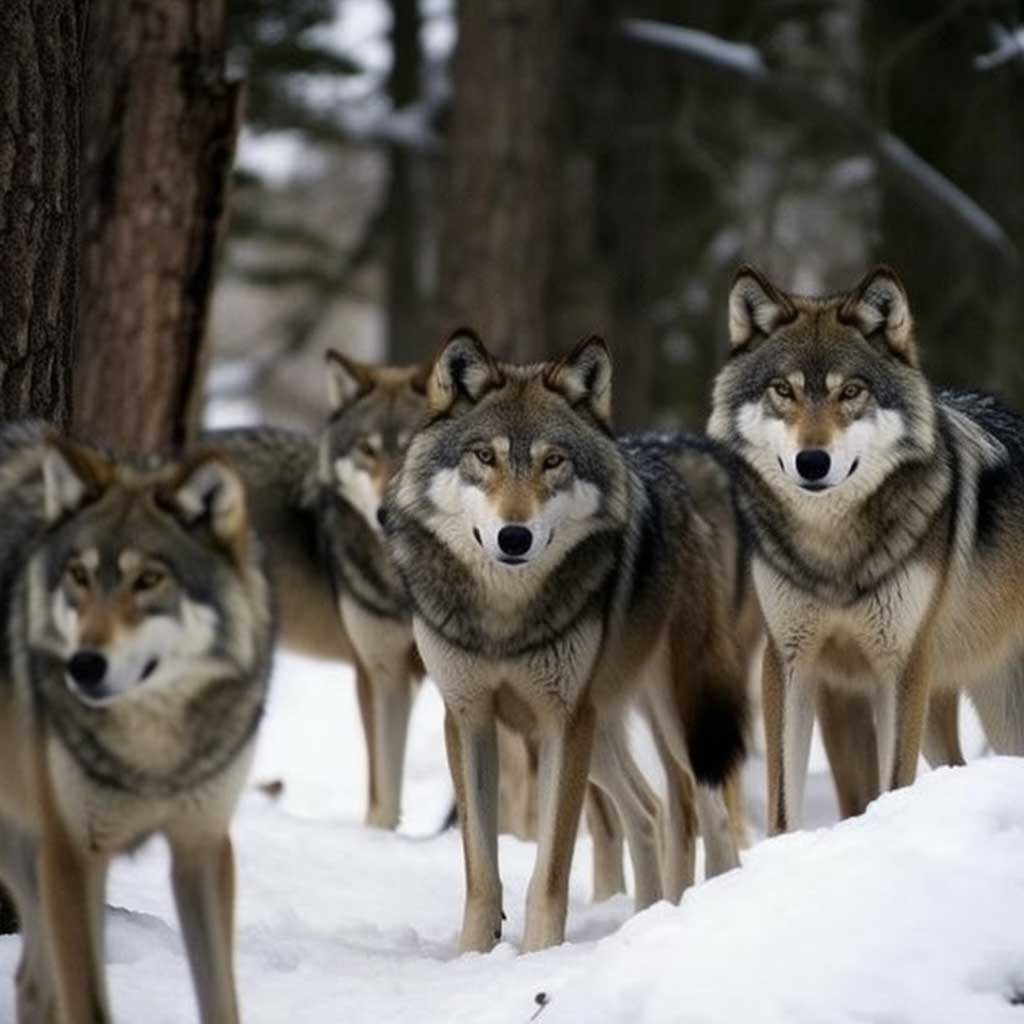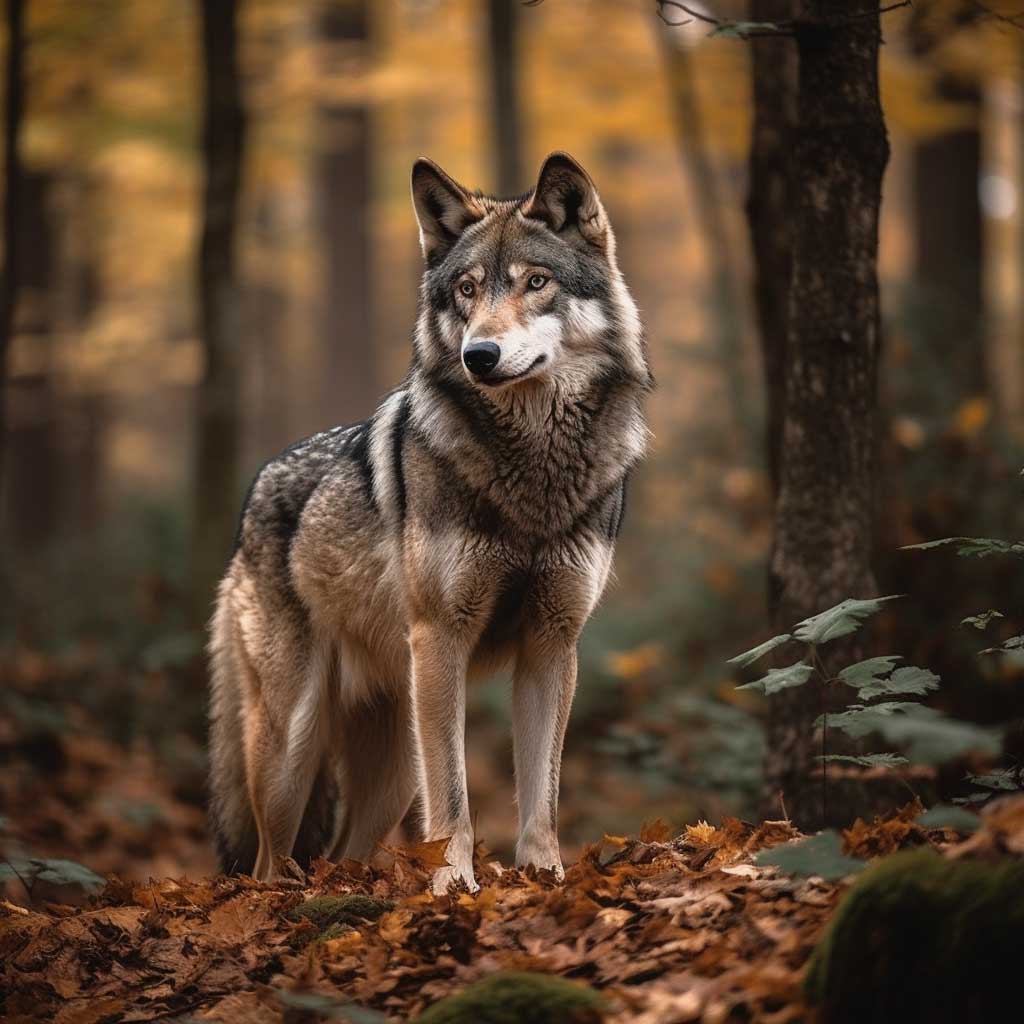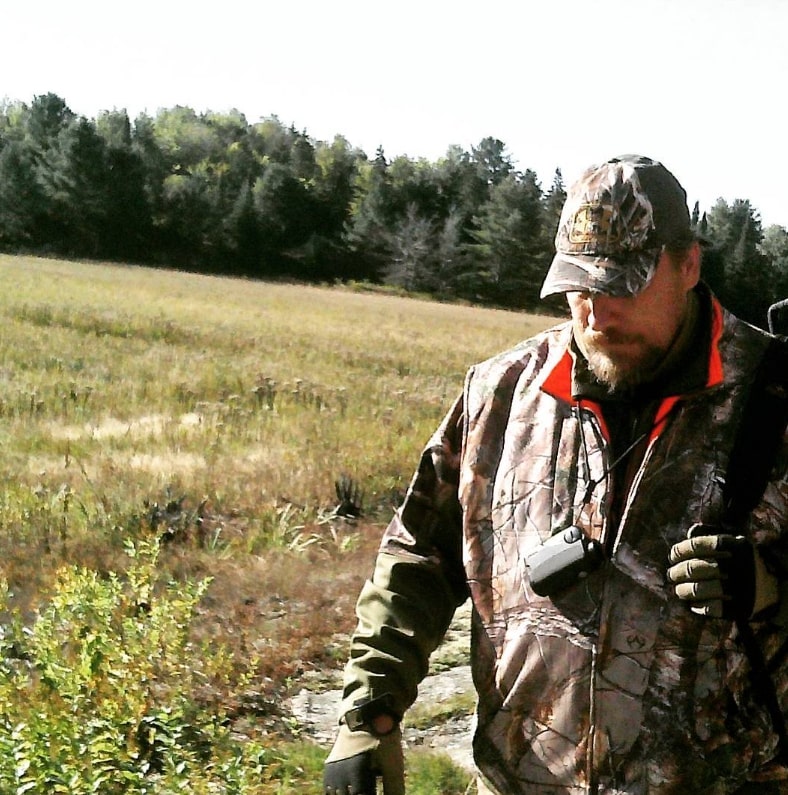Wolf hunting licenses to be available to out of province hunters


A new license for wolf hunting will be introduced in Saskatchewan starting from September 1st, which non-resident outfitter big game hunters can apply for. The announcement was made on the day the provincial budget was released, which had numerous provisions for different groups and allocated funds for them as well. The decision to introduce this new license was influenced by a pitch made by outfitters to the provincial government to open up more opportunities for out of province hunters. While the wolf population may not have been the primary factor in this decision, it is an aspect of hunting that requires skill and may appeal to a different market. Don Erhart, the VP of the Prince Albert Wildlife Federation expressed surprise but also an understanding of the decision.
Wolf hunting is a challenging and rewarding activity that requires skill, patience, and a good strategy. Whether you are a seasoned hunter or a beginner, there are several effective strategies that you can use to increase your chances of success. In this article, we will discuss some of the most popular wolf hunting strategies.

- Using Calls
One of the most effective ways to attract wolves is by using calls. There are several types of calls that you can use, including howls, barks, and whines. These calls can mimic the sounds that wolves make, which can help to draw them in closer. You can also use electronic calls that can produce a wide range of wolf sounds.
When using calls, it’s important to be patient and wait for a response. If you hear a response, continue to call until the wolf comes within range. Be aware that wolves are intelligent animals and can sometimes detect the difference between real and artificial calls.
- Tracking
Tracking is another popular strategy for hunting wolves. It involves following the tracks and signs of wolves, such as scat, urine, and fur. This can help you to locate wolf dens, feeding areas, and travel routes.
When tracking wolves, it’s important to move quietly and avoid disturbing the area. Look for fresh tracks and signs, and be aware of wind direction and other factors that can affect your scent. You can also use trail cameras to monitor wolf activity in specific areas.
- Ambushing
Ambushing is a technique that involves setting up a blind or tree stand in an area where wolves are known to frequent. This can be a highly effective strategy, especially if you have identified a specific wolf or pack that you want to target.
When setting up an ambush, choose a location that offers good visibility and cover. Be patient and wait for the wolf to come into view before taking your shot. It’s also important to be aware of wind direction and other factors that can affect your scent.
- Hunting with Dogs
Hunting with dogs is a controversial strategy that is banned in some areas. However, where it is legal, it can be a highly effective way to track and hunt wolves. Dogs can help to locate and chase wolves, which can bring them within range for a shot.
When hunting with dogs, it’s important to use well-trained and experienced dogs that are specifically trained for wolf hunting. You should also be aware of local regulations and restrictions on hunting with dogs.
Wolf hunting is a challenging and rewarding activity that requires skill, patience, and a good strategy. By using these popular wolf hunting strategies, you can increase your chances of success and make your next hunt a memorable experience.




